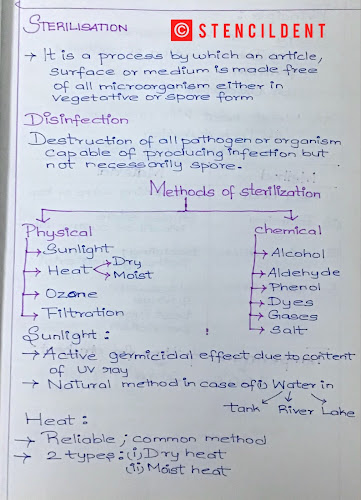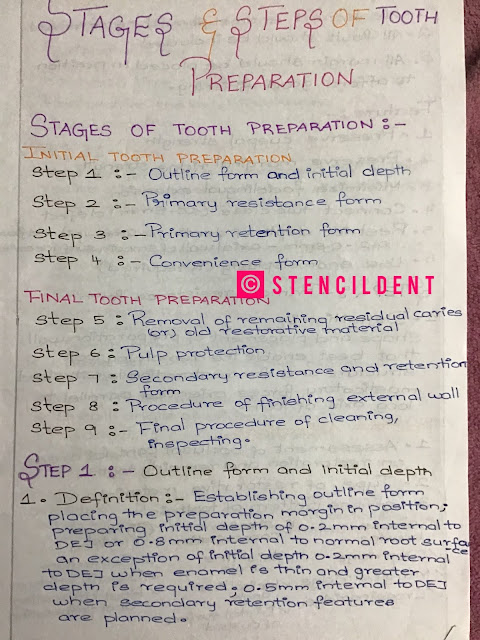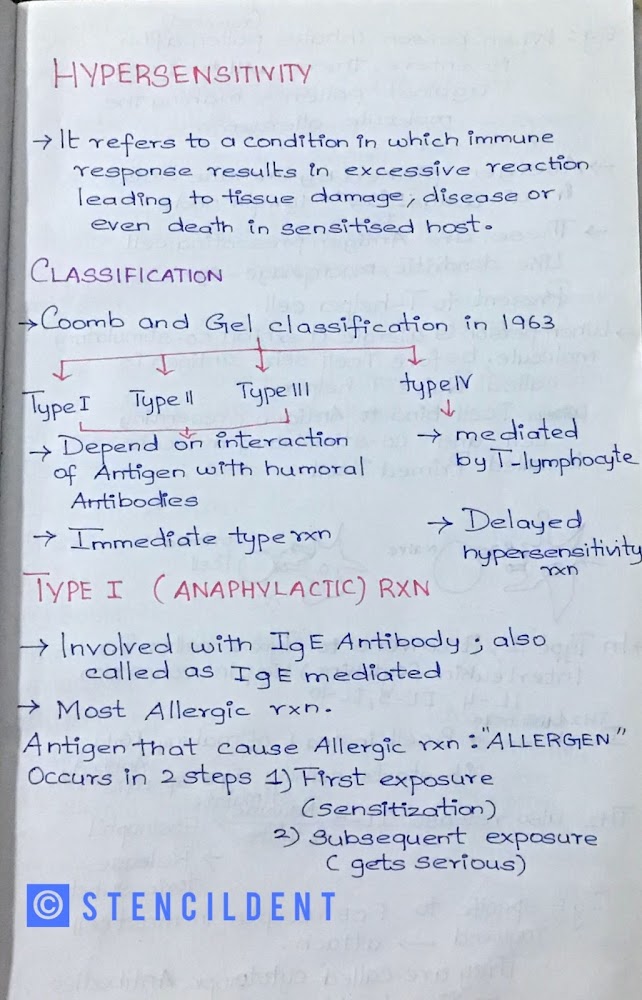DENTIN BONDING AGENTS -8 GENERATIONS STORY FOR YOU
DENTIN BONDING AGENTS
1)FIRST GENERATION DENTIN BONDING AGENT:
- It consist of surface active co-monomer NPG-GMA
MECHANISM OF ACTION:
- This co -monomer could chelate with calcium on tooth surface to generate chemical bond of resin to calcium
example: SS WHITE BURS,CREVIDIENT
- It had poor strength ,hence when used in non-carious lesion without mechanical retention
2)SECOND GENERATION:
- They were based on phosphorous esters of methyl acrylate derivative
MECHANISM OF ACTION:
- Adhesion was by means of iconic interaction between the negatively charged phosphate groups and positively charged calcium smear layer
ADVANTAGE: Bond strength was high
DISADVANTAGE: Due to bond instability in the net oral environment and there one degree bonding to the smear layer and not dentin
EXAMPLE: Clearfin bonding system
3)THIRD GENERATION:
- It was phosphate based material contain HEMA and 10 carbon molecule ,10-MDP
MECHANISM OF ACTION:
- The concept of phosphoric acid etching of dentin before the application of a phosphate ester type of bonding agent was given
- Modification of smear layer to improve its properties
- Removal of smear layer without disturbing the dentinal tubules
- This aggressive dentin etching caused pulpal inflammation .
- They used mild acids like 2%citric acid etc.
Example: SCOTCH BOND (3M),METABOND ETCH and rinse adhesive smear layer is considered to be obstacle that must be removed to permit resin bonding to dentin
4)FOURTH GENERATION:
- Total etch technique is introduced where both enamel and dentin is etched with 37%phosphoric acid for 15 seconds dentin is left moist to prevent collapse of exposed collagen network ,primer is added (HEMA ,NT6-GMA),Due to volatile nature solvents displace water and primer is allowed to penetrate ,adhesive resin are added (BisGMA)/UDMA) binds with primed dentin and composite resin
- Total etch and wet bonding technique -unique feature
- Hybrid layer -the structure formed in dental hard tissue by demineralization of surface to sub-surface followed by infiltration of monomer in collagen mesh and subsequent polymerization
5)FIFTH GENERATION:
- Because of clinical complexity and multiple steps of the fourth generation dentin began asking for simple adhesive combined -primer and adhesive in one bottle
EXAMPLE-BISCO (One step) DENTSPLY
6)SIXTH GENERATION:
- A separate etchant is not required ,these are two bottle system .Type 1 and 2.
- Two bottle 2 step system ,etchant and primer are combined in one bottle (self etching primer ) and other bottle contains adhesive
EXAMPLE:OPTIBOND SOLO PLUS ,CLEARFIL SE BOND
TYPE2-
- Two bottle 1 step system
liquid A-PRIMER ,LIQUID B- PHOSPHORIC ACID modified resin
EXAMPLE:DENTISPLY
7)SEVENTH GENERATION:
Attempt's to combine all three (etchant ,primer ,adhesive ) into single product thus ,seventh generation adhesive may be characterized as no mix self etching adhesive
EXAMPLE -1 BOND ,9 BOND
8)EIGHTH GENERATION BONDING AGENT:
ADVANTAGE : its all in one step, they limit the number of bottles to one like the seven generation so reducing clinical time
- Use of nanosize fillers,nano fillers with dimension larger than 15-20 nm cause cracks and decrease in the bond strength so they use 12 nm fillers
- The use of nano size fillers increase the penetration of resin monomers and the hybrid layer layer thickness ,which in turn improve the mechanical properties of bonding system
- Longer shelf life
- Stress absorption
- Previously ,it was challenge to make the bond strength in self etching agents ,as there was no rinse after etching so it causes sensitivity to teeth and the lower acidity of etching decrease the bond strength
- Number of steps-1
- Surface pre treatment -self etch adhesive .shear strength-over 30








Comments
Post a Comment